Book illustration for the same theme in different genres - Part 1 Non-Fiction
And fun facts about the history that inspired the book design.
February 10 is the Lunar New Year - my favorite Chinese festival!! It's my little tradition to reshare two Lunar New Year books each year during Lunar New Year! Since I am relatively new to Substack, this is the first time I have posted about these older books here.
I illustrated for two Lunar New Year books in the past:
Celebrate the World, Lunar New Year, written by Hannah Eliot, published by Simon & Schuster.
This book is part of a series called Celebrate the World. It shares stories about different special occasions and holidays celebrated all over the world. It's a non-fiction board book that teaches kids aged 2-4 about the traditions and legends of the Lunar New Year.
The Nian Monster, written by Andrea Wang, published by Albert & Whitman.
This fictional picture book is a modern retelling of the Chinese Lunar New Year Nian monster mythology.
These two books are meant for different age groups and genres but share the same theme. They make a good example to discuss the different visual storytelling approaches in designing a fictional and non-fiction children's book.
When illustrating non-fiction, the research process is more involved than fiction. Unlike fiction, it's all about the facts, but that doesn't mean it can't be fun! An artist can still explore and learn about fascinating topics, and even though they have to stick to the truth, they can still inject their thoughts and expression.
As a kid, I got to experience the traditional Lunar New Year celebration in Hong Kong. I already knew a lot about Chinese culture, but I wanted to research more about the different customs and legends mentioned in the book. The Chinese culture is incredibly diverse. Each region has its own unique traditions, micro-cultures, dialects, and food cultures, just like the various Chinese dialects! For example, there are two types of Chinese Lion Dance lions. The northern lions are fluffier and have more fur. They only come in red and gold colors. On the other hand, the southern lions come in many different colors. I chose the Southern Lion for the book because it is more familiar to most people in the United States.
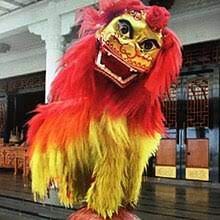
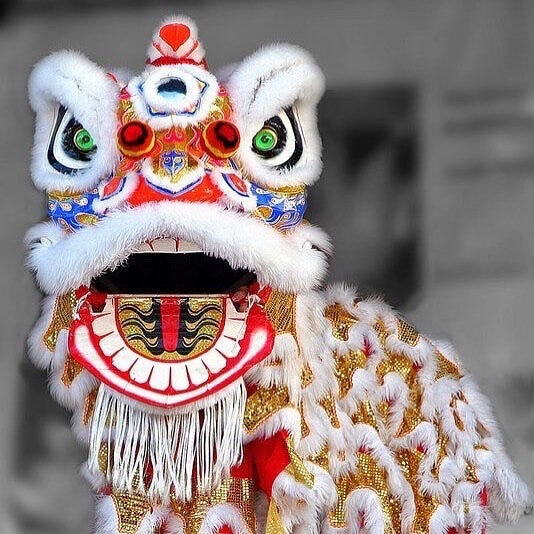
Although it's impossible to draw everything in a little board book, I aimed to capture the essence of these colorful traditions while infusing them with modern sensibility and humor.
To achieve an authentic Chinese painting sensibility, a big part of my research was finding the perfect rice paper and ink to illustrate the book.
At the time, my friend returned from vacation and brought me a pack of feel-like cotton-based rice paper from Shanghai as a souvenir. I instantly fell in love with the paper, but the stack she gave me wasn't enough to complete my project. I’ve to look for similar papers locally.
I bought a book of rice paper samples from a local Japanese paper store, Hiromi Paper. The book had over 100 types of paper. I played and experimented with each one and chose two kinds of paper. Though it was a tedious process, I had a lot of fun.
If you're searching for a paper store with a wide range of beautiful handmade paper perfect for watercolor painting, I can't recommend Hiromi Paper enough! They have some of the most exquisite paper I've ever seen, plus a great selection of authentic Japanese ink, traditional origami paper (the real deal, not just printed patterns), and paints. You're sure to love it!
Rice paper is like Western watercolor paper, where the texture and thickness of the paper can impact how the colors blend and bloom and even influence the overall style of the paintings.
Finally, I found the perfect rice paper with the perfect texture to create the particular style of colorful blooms I wanted!
The Chinese lion dance has a fascinating history dating back to the first century AD, during the Han Dynasty. It's interesting to note that China does not have native lions. The lions were presented to the Han court by emissaries from Central Asia and the Parthian Empire (modern-day Iran). The Chinese were fascinated by these majestic and fierce creatures and believed they would be an auspicious creature to fend off evil spirits. Since then, the Chinese have performed lion dances to celebrate good fortune.
In the early centuries, lion dance was performed more as a ritual dance. The martial arts style of lion dance that we have today was developed during the Ming and Qing dynasties.
Substack is warning me that my post is getting long, so I'll share more Lunar New Year stories in my next post. In the meantime, here is a DIY Lunar New Year Kit package to help kickstart the Year of the Dragon!

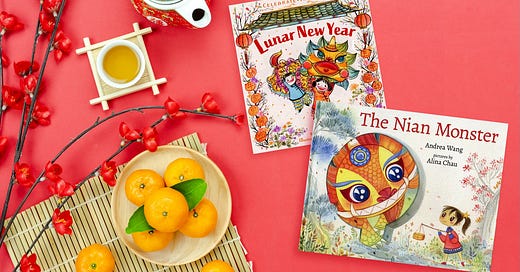



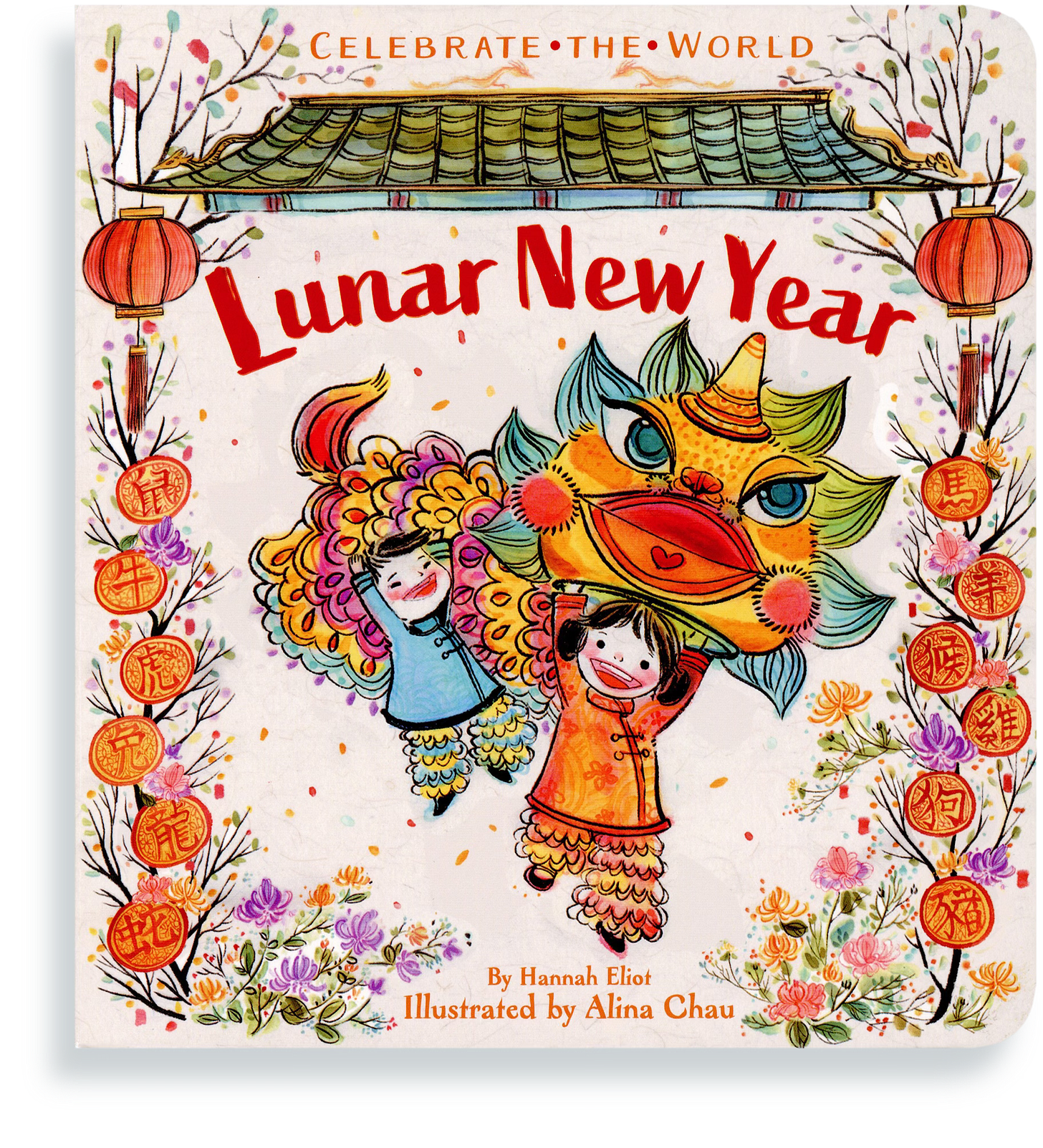


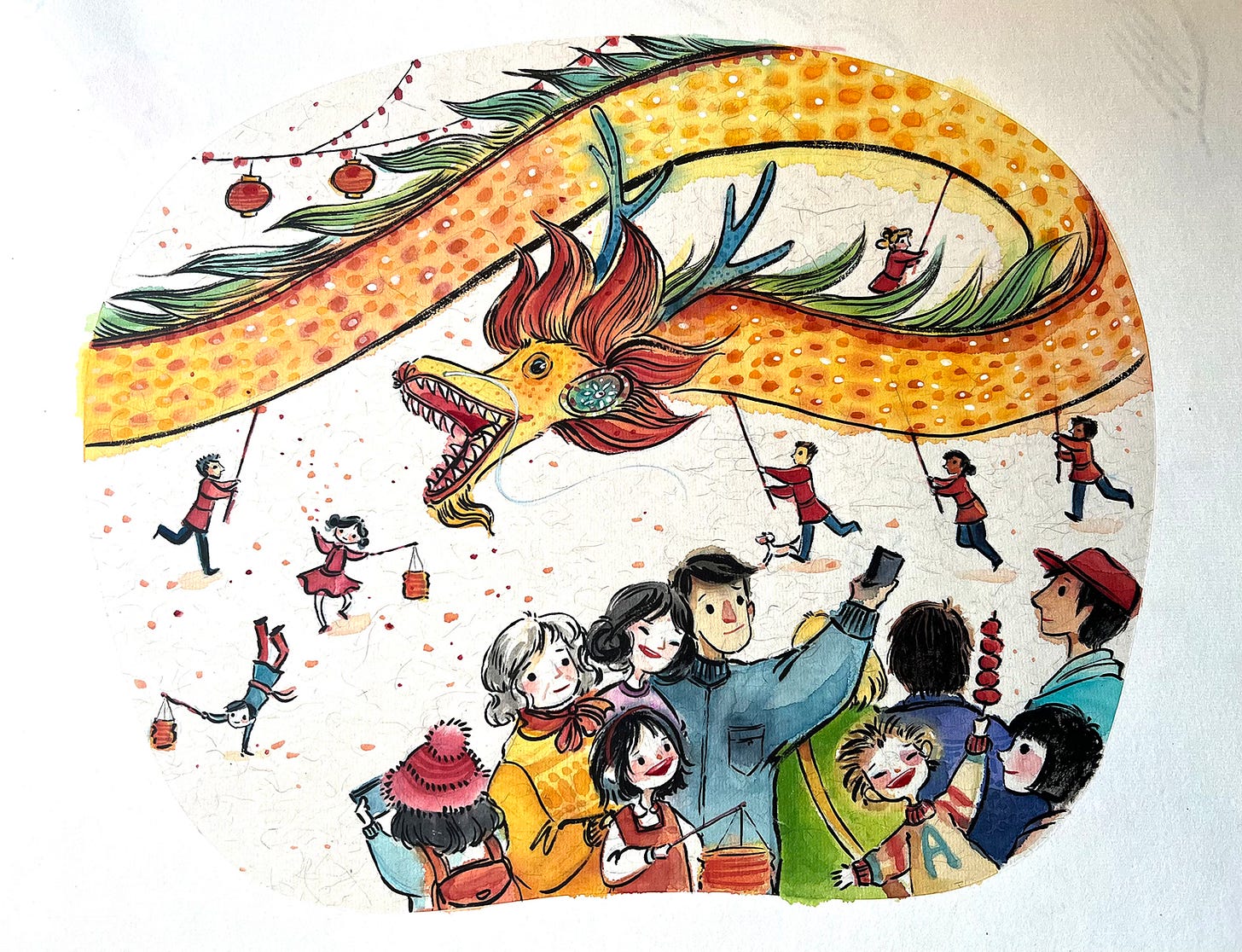
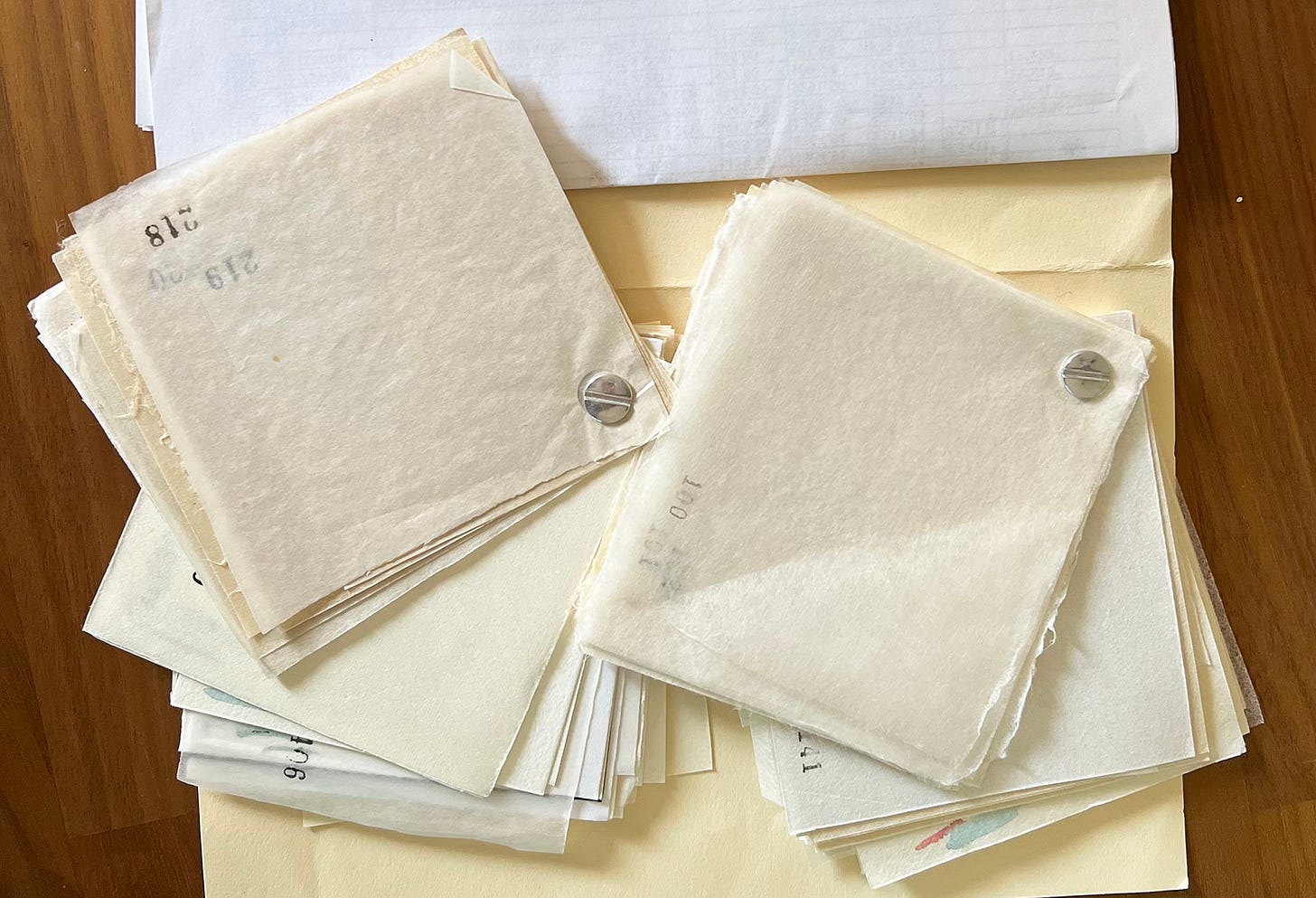
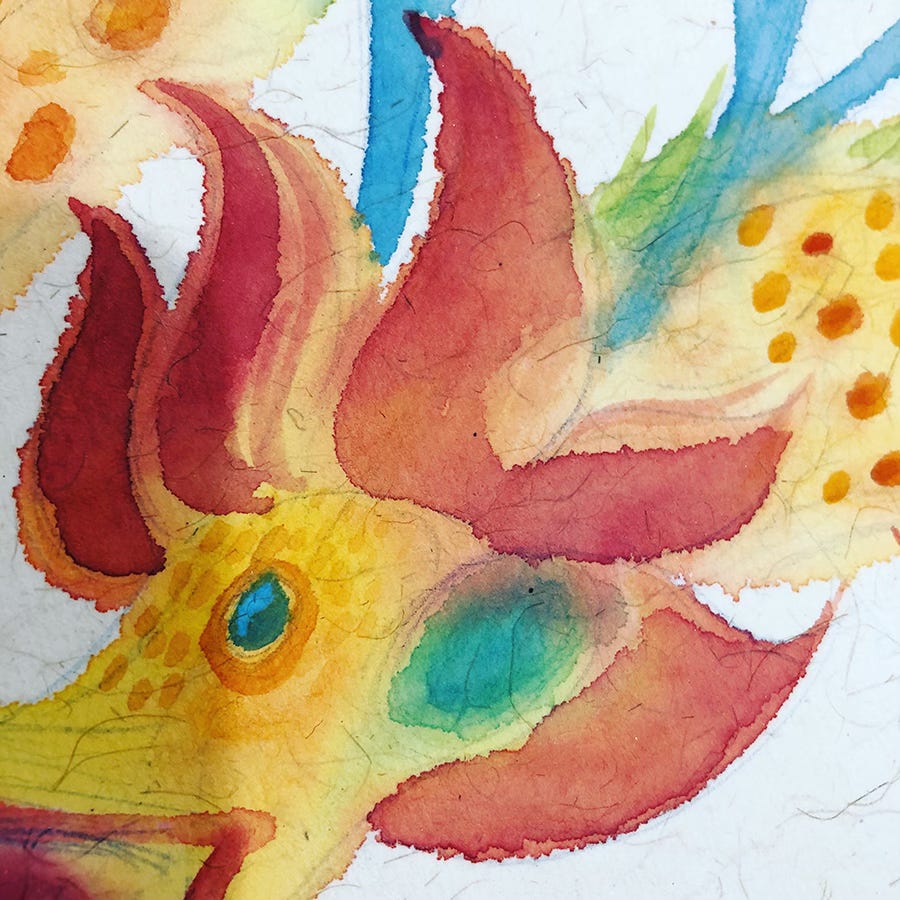


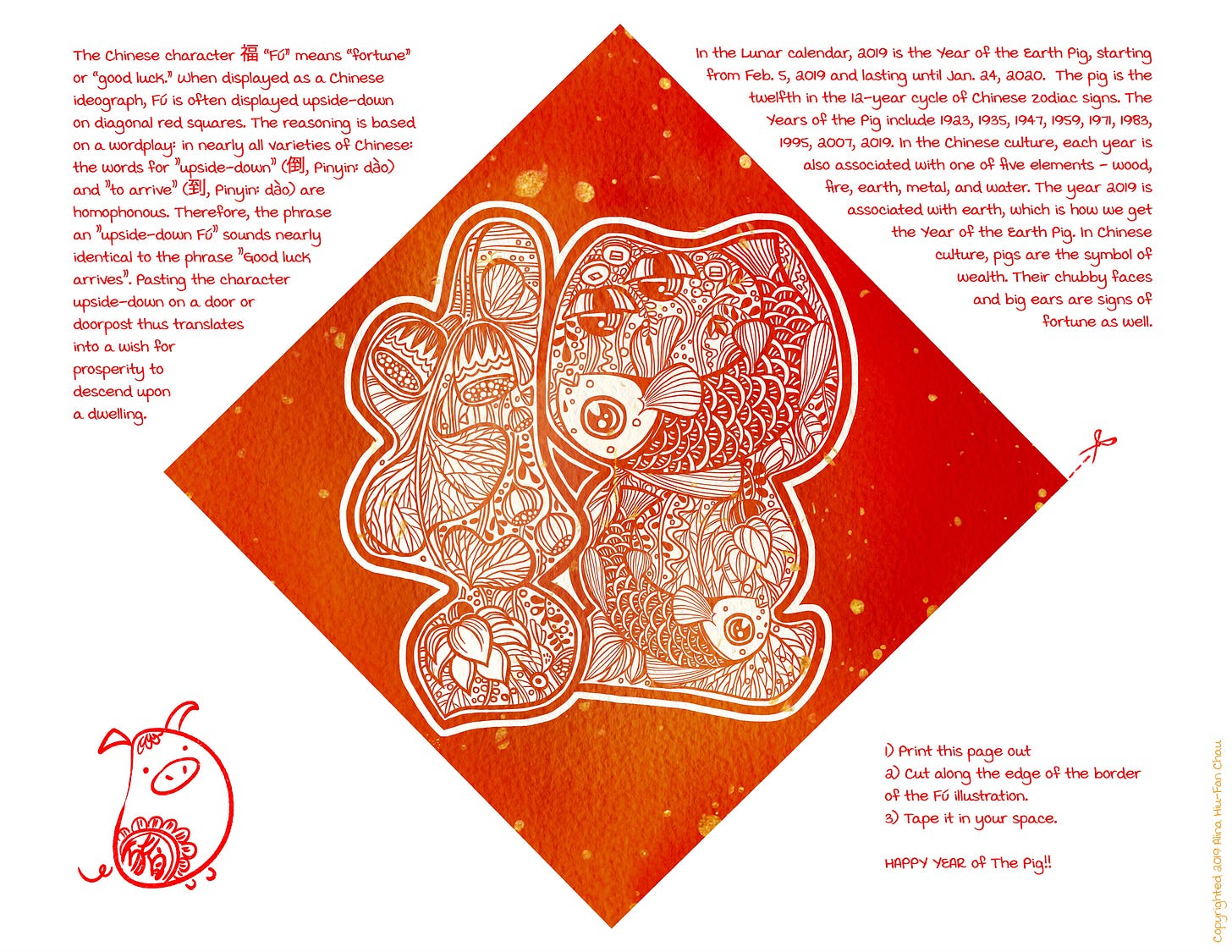

Thank you for sharing these wonderful stories!